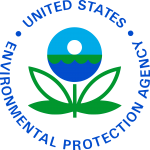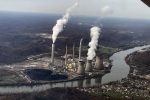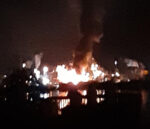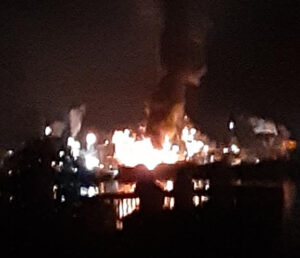- Like
- Digg
- Del
- Tumblr
- VKontakte
- Buffer
- Love This
- Odnoklassniki
- Meneame
- Blogger
- Amazon
- Yahoo Mail
- Gmail
- AOL
- Newsvine
- HackerNews
- Evernote
- MySpace
- Mail.ru
- Viadeo
- Line
- Comments
- Yummly
- SMS
- Viber
- Telegram
- Subscribe
- Skype
- Facebook Messenger
- Kakao
- LiveJournal
- Yammer
- Edgar
- Fintel
- Mix
- Instapaper
- Copy Link

For tips on what you could say to the EPA and more background information, please see this post: Talking to EPA on Chemical Plant Safety and Your Community
The EPA wants to hear from you as it revises the Clean Air Act’s Risk Management Program (RMP) rule. This rule is supposed to help community members and first responders understand and be better prepared to reduce risks from nearby chemical plants.
With this revision of the RMP rule, EPA aims to better protect communities from chemical accidents and address the impacts of climate change on chemical plant safety.
EPA says, “This rule is a critical piece of EPA’s work to address environmental justice issues as these facilities are often located in communities that have historically borne a disproportionate burden from pollution.”
When?
EPA hosts virtual public listening sessions about the RMP rule on June 16 from 12 – 4 p.m. and on July 8 from 4 to 8 p.m. (If needed, more sessions may be added.) You will have a maximum of three minutes to speak.
Whether or not you attend a listening session, you have until July 15 July 31 (deadline extended) to provide written comments to the EPA. You can do so here: http://www.regulations.gov
Reference “Docket ID No. EPA-HQ-OLEM-2021-0312.”
If you plan to speak or even just listen, you will need to register to attend the sessions. For the June 16 session, register here. For the July 15 session, register here.
Note that if you wish to comment during the sessions, it is best to pre-register by following the above links. The deadline for pre-registration for the June 16 session is June 14, and the deadline for pre-registration for the July 15 session is July 6.
Find more details in the EPA announcement and the EPA press release.
Why?
These virtual listening sessions are an especially accessible (no need to travel to D.C. or any major city; If you require special accommodations or translation services, you can let EPA know when you register at least one week in advance of the session) means for folks nationwide to share examples of chemical disasters you’ve faced, and the kind of changes your community want to see in this rule. EPA is especially interested in information on how this rule can advance environmental justice and address climate change risks and impacts.
Please help spread the word about these listening sessions. Fire chiefs and volunteer firefighters and other first responders need to know about these sessions; it is especially important that people who have experienced chemical disasters or who live near chemical plants know about this opportunity to speak up for a stronger rule to help protect their families and communities.
Wait, What is the RMP?
First, a bit of background, courtesy of The Right-to-Know Network:
Federal law requires industrial facilities that use large amounts of extremely hazardous substances to file a Risk Management Plan with the Environmental Protection Agency (EPA). EPA then creates a national database of RMP information. These RMP data are intended to save lives, protect property, and prevent pollution… You can identify hazardous chemical facilities in your area using the RMP search tool, accessible from this website: rtk.rjifuture.org/rmp/
The Risk Management Program is about reducing chemical risk at the local level. This information helps local fire, police, and emergency response personnel (who must prepare for and respond to chemical accidents), and is useful to citizens in understanding the chemical hazards in communities.
More Background
For years, we’ve been working with Earthjustice and its other clients nationwide around issues of chemical plant pollution and safety (or lack thereof).
In a recent press release Earthjustice notes:
Earthjustice and its clients across the country have been fighting for years to strengthen these protections including in a pending case opposing the Trump rollback of the Chemical Disaster Rule. In the United States, 177 million people live in the worst-case scenario zone for a chemical catastrophe, and over 100 hazardous fires, explosions or other harmful chemical incidents occur at industrial facilities every year, on average, in the U.S., according to EPA data.
We hope you can join with people nationwide in speaking directly to EPA!
Photo in sidebar of Belle, WV chemical plant explosion (December 8, 2020) courtesy of Melissa Smoot.












